Go Big Or Go Home: Can Smaller Producers Recreate 19.2 Ounces of Success?
“Where’s your bomber section?” — said no Millennial or Gen Z craft beer shopper ever in the past four years. So is the once revered 22-ounce craft beer bomber dead? In short, not really. Most consumers can find plenty of high-end, special release large format bottles from a multitude of brewers on shelves nationwide. But the format of choice, and one of the fastest growing package segments in the alcoholic beverage space, is now the 19.2-ounce single serve can, a.k.a. the stovepipe. And growth is not slowing down any time soon. The 19.2-ounce can accounts for more than 92% of craft sales in the convenience channel according to Circana, a leading industry data aggregation firm, which adds up to about $221 million in sales dollars. In a mid-year 2023 report from Bump Williams Consulting, the 19.2-ounce can was the top growth contributor to incremental dollar sales in the single serve category (Brewbound, August 2023).
So how did we get here? The simple beer can — once disregarded as a sign of lower quality has now become the shining star of the craft beer industry. The concept of single serve, once touted as the beverage that you hide in a brown paper bag is now trending in every corner of the Off Premise market. Something in our consumer base has shifted and with that comes questions from smaller producers about whether or not they should jump on the trend wagon.
“Single serves are on a rocket trajectory path for continued growth …”
Bump Williams – Bump Williams Consulting
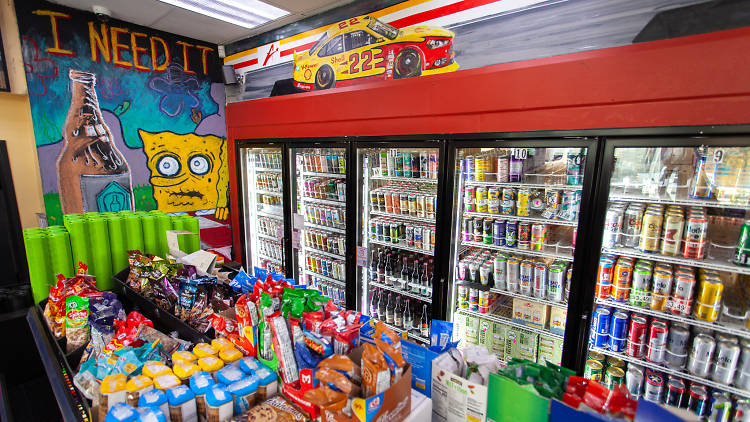
Convenience For The Win
Pre-2020 large selections of craft beer were reserved for large liquor stores, specialty alcohol retailers, and craft beer bars. Fast forward four years and craft beer is just as commonplace at your favorite corner gas station as it is in a brewpub. This shift in consumer behavior was the direct result of On Premise shutdowns during the height of the Covid-19 outbreak. Suddenly consumers were forced into an environment where bars and restaurants were not available to serve them their favorite craft beer on draught. So if you wanted to drink craft beer, you had to turn to package form and hope that it would be available at the small pool of stores that were open. And retailers took notice. Suddenly craft beer was everywhere- gas stations, c-stores, pharmacies, dollar stores, and grocery chains. Off Premise became the channel of choice for consumers that were deprived of in-person hospitality experiences.
But with the surge in packaged beer consumption came inflation. Since alcohol is deemed a normal good, one that isn’t necessary for survival, choices had to be made- fill up your car with gas, buy a gallon of milk or purchase those new releases from your favorite craft brewery. Hence the rise in popularity of the single serve can. Even though price points are higher per ounce than larger pack sizes, consumer perception is such that they feel they can try new things and experiment with new beverage types – right up the alley of new LDA (legal drinking age) consumers. Shoppers have found their compromise and trade offs don’t have to be made at the lower single serve price point. Drinkers can easily find a juicy IPA or Imperial Stout in a single can that won’t gobble up half the bank account and it is most likely always stock at the local neighborhood gas station. That’s a hell of a win-win. So one shouldn’t be surprised that the 19.2-ounce stovepipe is in such demand. The consumer gets their wide selection, in a non-committal single serve can at a great price, and it can be purchased on a whim at an abundant number of outlets.
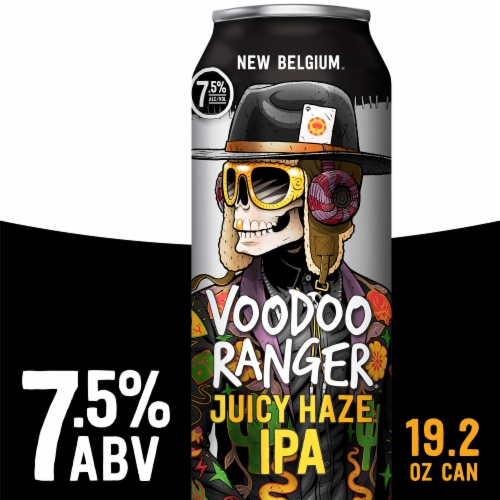
The Force Is Strong With This One
The data is just too hard to ignore. It was just a matter of time until smaller producers in the craft beer world began to notice the sales trends. Single serve 19.2s seemingly can do no wrong, so why not look into shifting some of their own packaging formats? What most smaller producers found is that the 19.2oz can looks like a pure winner on paper, but when you get down to the nuts and bolts of producing this type of package, in the styles that are in demand, the price point to the consumer is just too high and it doesn’t make good business sense. Coming in hot at $2.00-4.00 per can, Goliaths like Voodoo Ranger, Angry Orchard, Juice Force, and Bell’s Two Hearted are just too hard to compete with. Most small producers would have to make drastic upgrades to their canning lines, purchase twist feeds and palletizers, source different sized case trays, print new labels and so on just to begin even thinking about manufacturing a 19.2oz case of cans. Not to mention the cost of raw materials, which have seen double digit increases since 2019. What you’re left with is an expensive brew, in an expensive can, needing to be sold on the shelf to consumers at half the price it takes to make it.
But there’s hope that with inflammatory prices of raw materials beginning to stabilize and the increased availability of mobile canning and adaptive packaging lines, 19.2-ounce single-serve cans could find their way into the near future for some smaller producers who want to capitalize on the c-store treasure hunt for by premium-alcohol curious consumers. Add in the fact that craft beer overall has been in a bit of a slump lately and brands are trying their best to reach new audiences, adapting to the needs of modern drinkers might not be too bad of an idea.


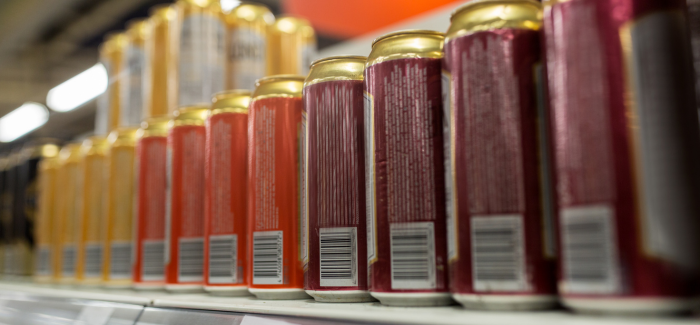

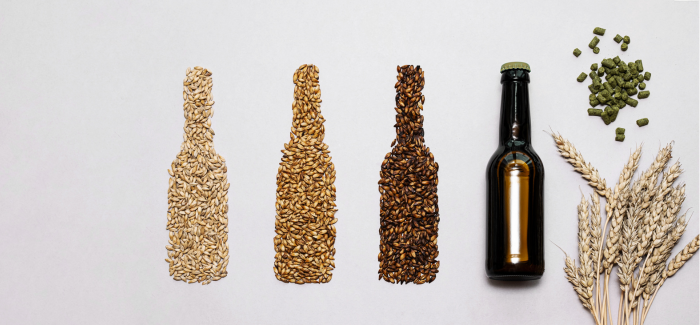
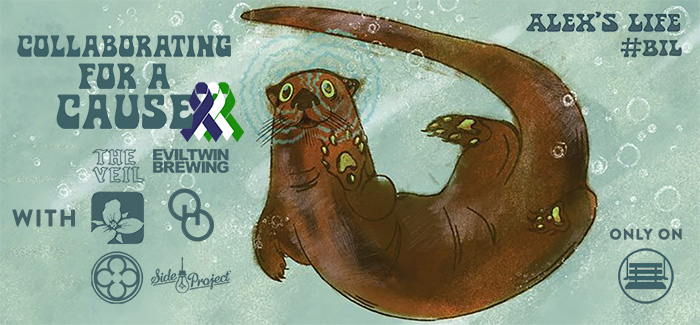
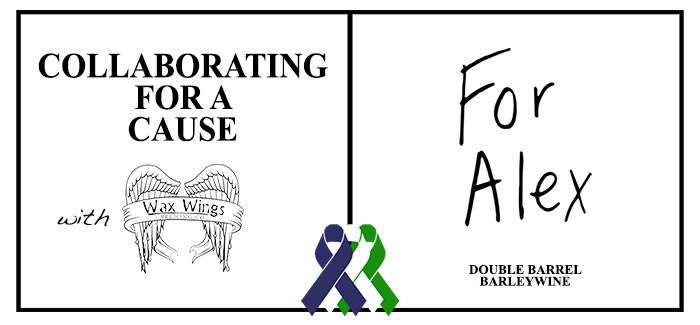
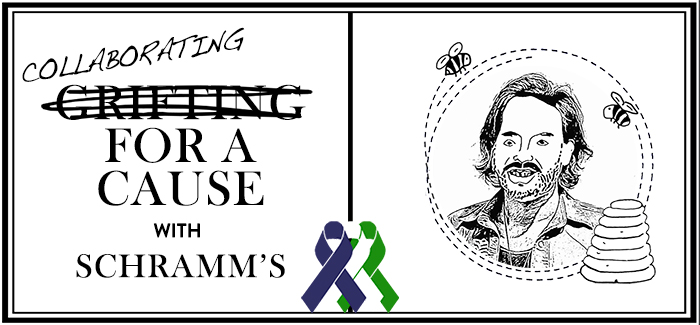
Submit a Comment